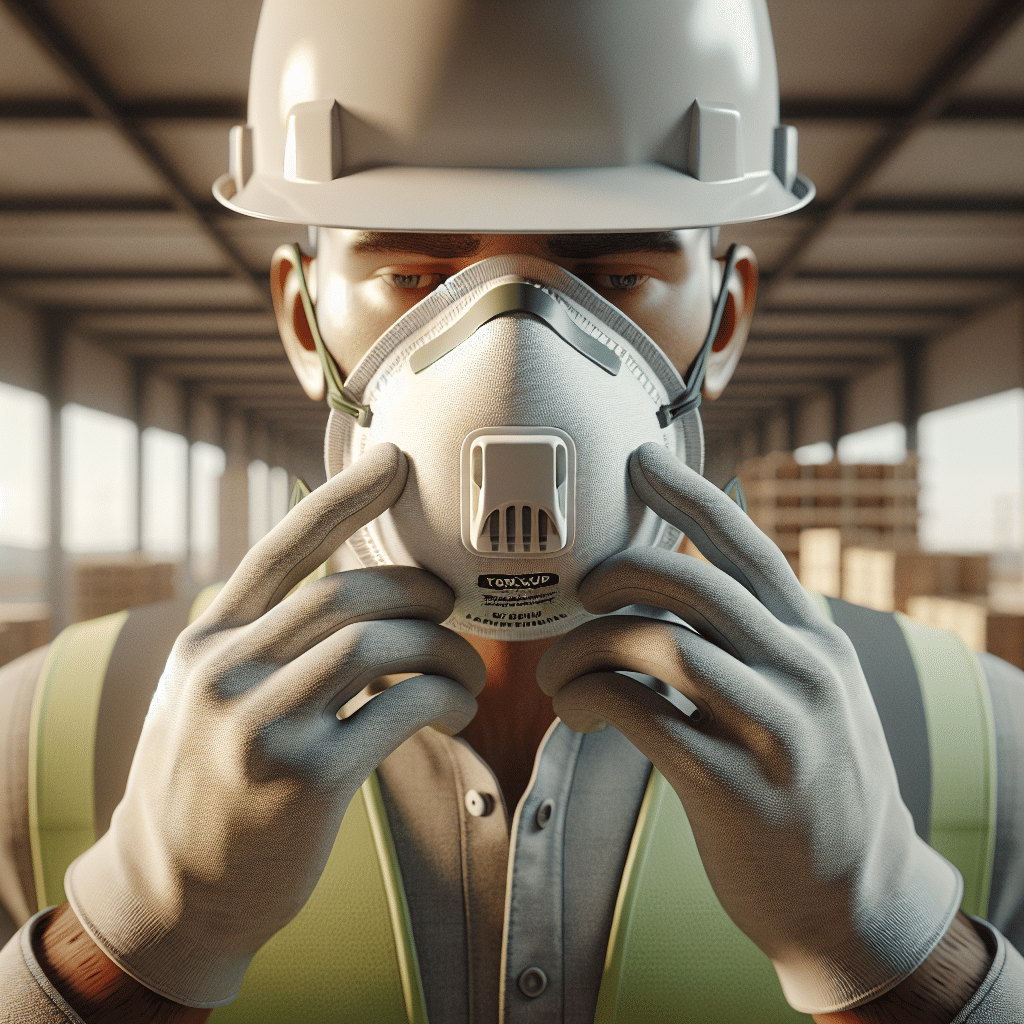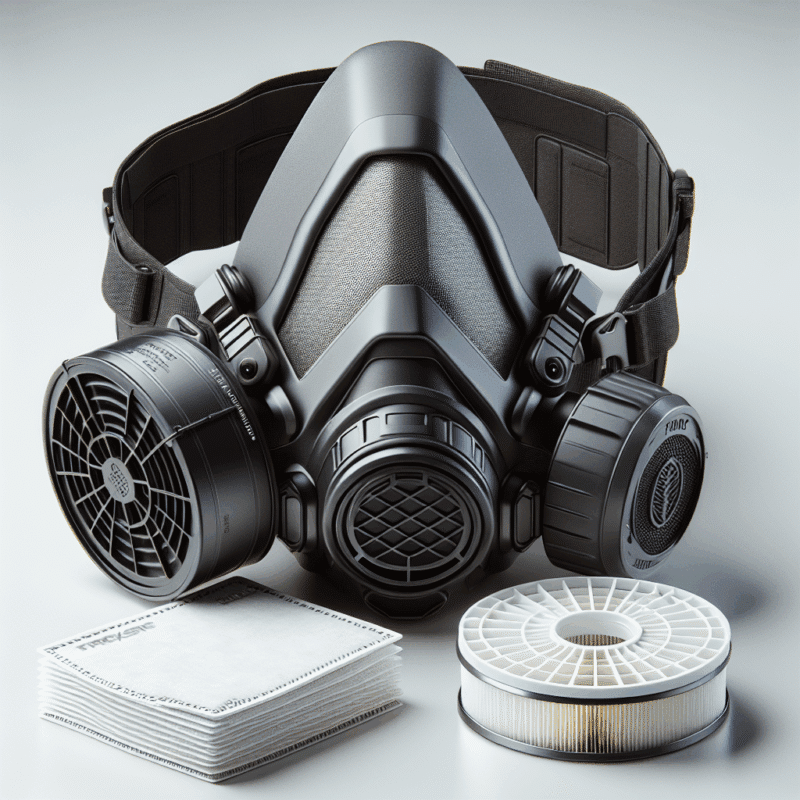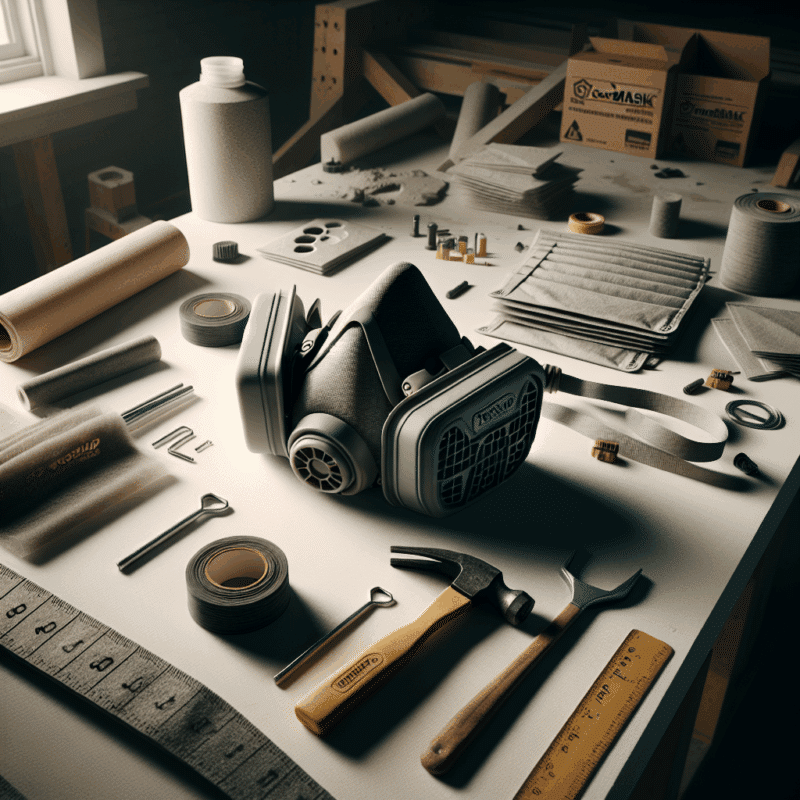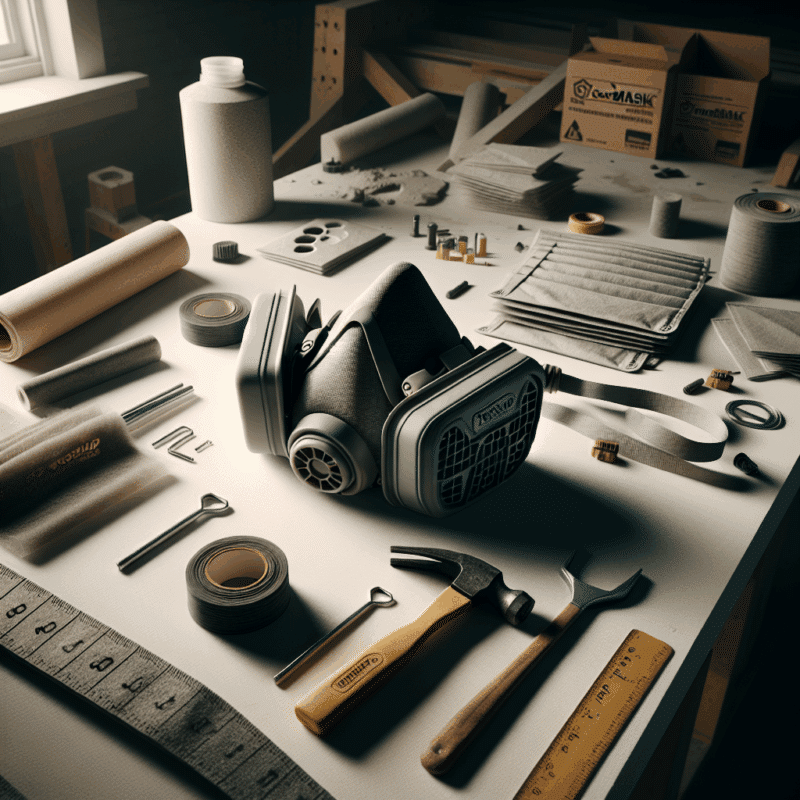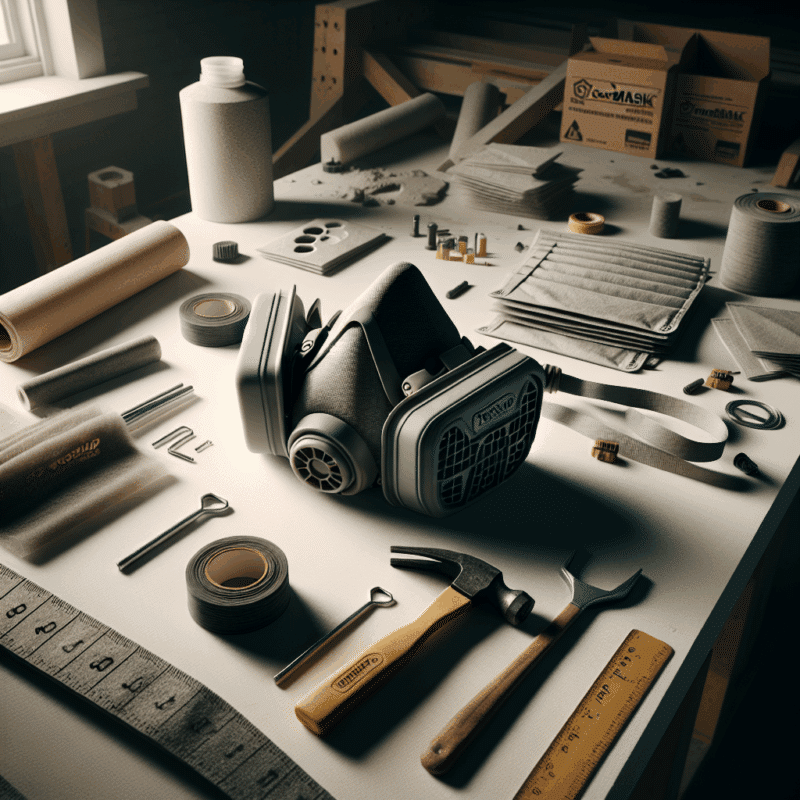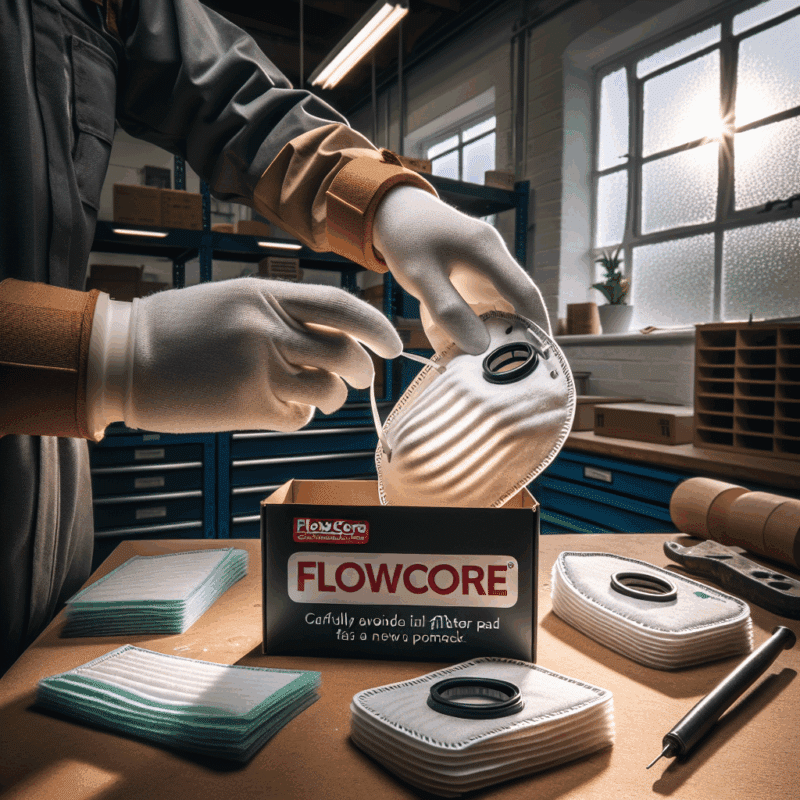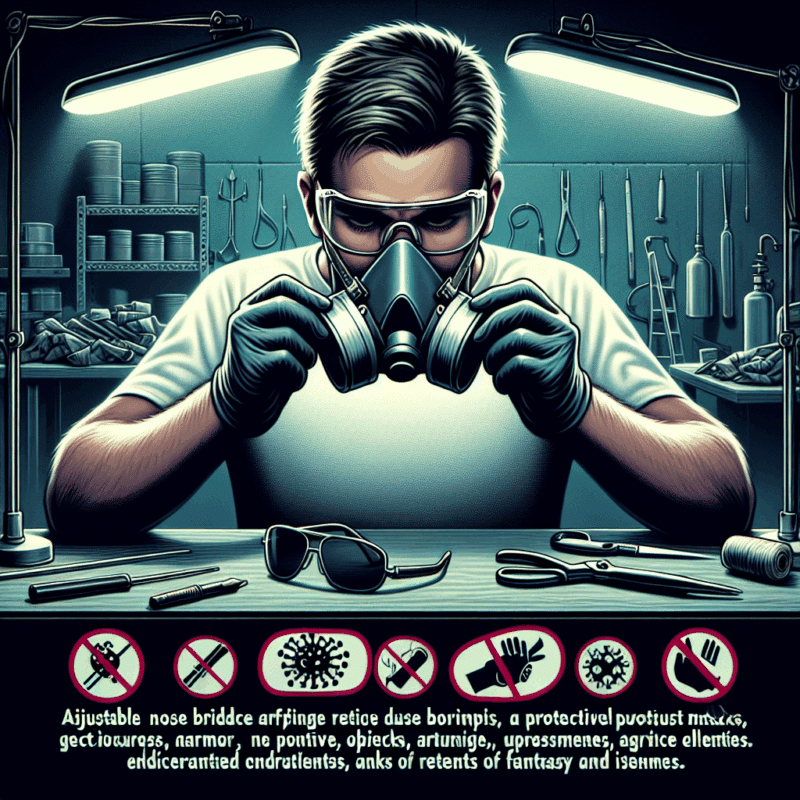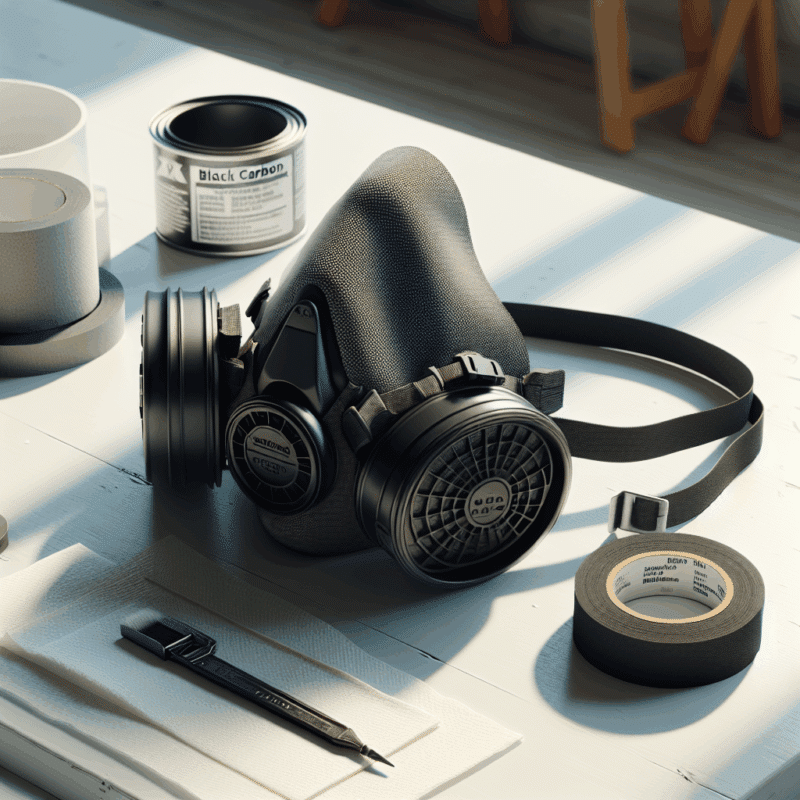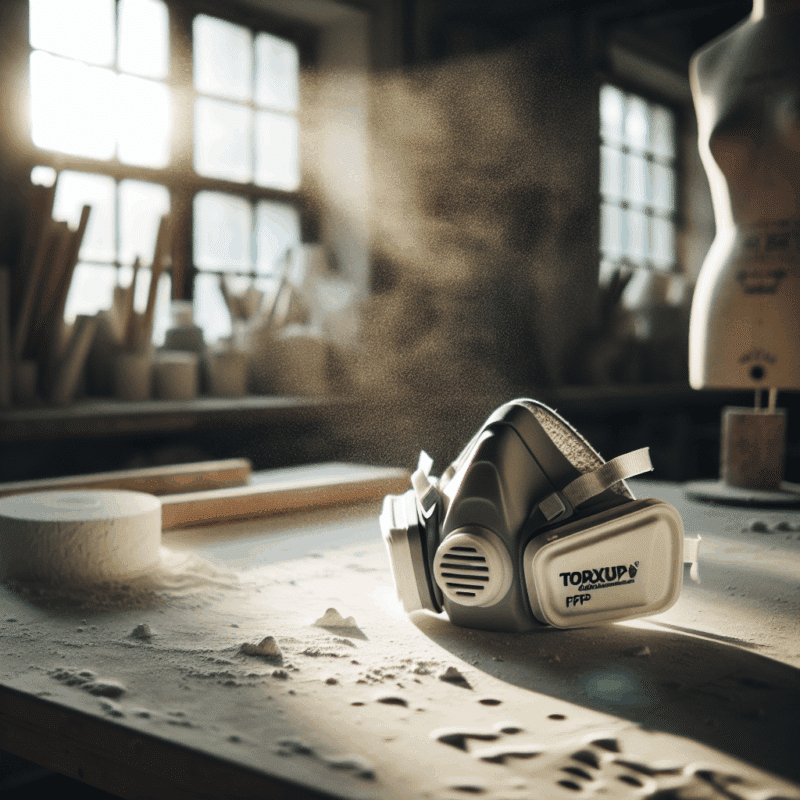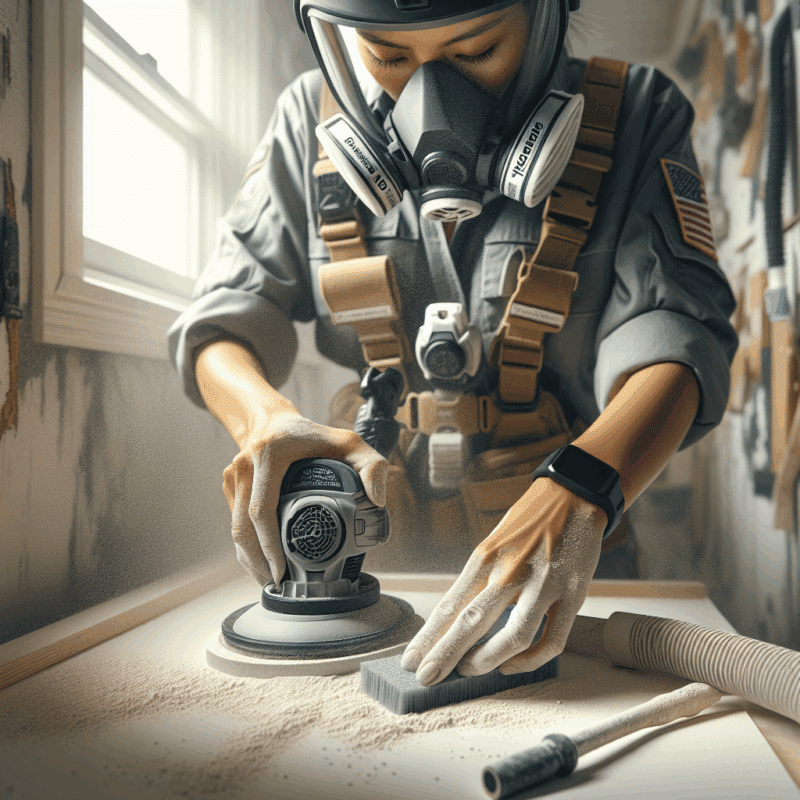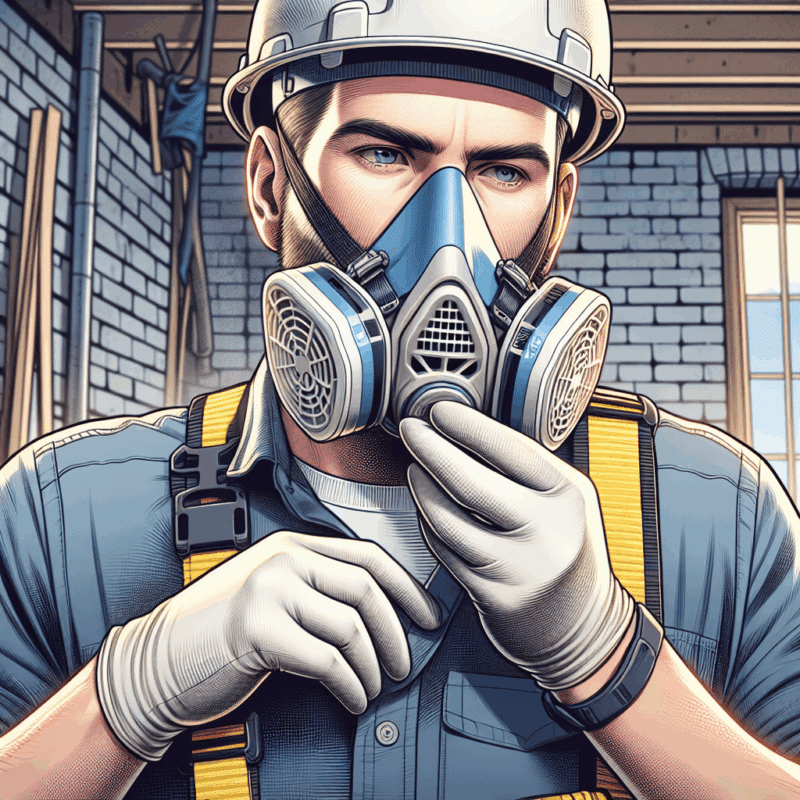How to Fit the Torxup CoreMask Dust Mask Under a Hard Hat
In This Article
- Always fit dust mask under hard hat with attention to strap position and seal integrity.
- Use PPE designed with integration in mind, such as CoreMask and floating-suspension hard hats.
- Layer in correct order—mask, goggles, then helmet—for optimal safety.
- Adjust helmet suspension to accommodate masks without affecting balance.
- Maintain cleaning discipline after every use and monitor filter lifespan.
Why Fit Matters: Combining Dust Masks with Hard Hats
Trade Safety Standards and Worker Comfort
In many trades, the need to fit dust mask under hard hat equipment arises daily, particularly in dusty environments like construction, demolition, joinery, or electrical work. Safety regulations demand that both respirators and protective headgear are worn simultaneously. However, ill-fitting combinations can reduce the protective effectiveness of both. Too often, workers report shifting hard hats, compromised facial seals on masks, or discomfort that leads to improper use or early removal of PPE altogether.
Britain’s Health and Safety Executive (HSE) sets out clear PPE regulations—each component should not interfere with the function or fit of another. When a dust mask interferes with the suspension of a hard hat, or when straps create pressure points under the helmet rim, the worker’s safety is at risk. Headgear must stay secure during dynamic tasks, and masks need a continuous reliable seal to filter fibrous or chemical particulates effectively.
To successfully fit dust mask under hard hat, solutions must focus on synergy between design, fit, and user ergonomics. It’s precisely this issue that the CoreMask addresses with tailored engineering.
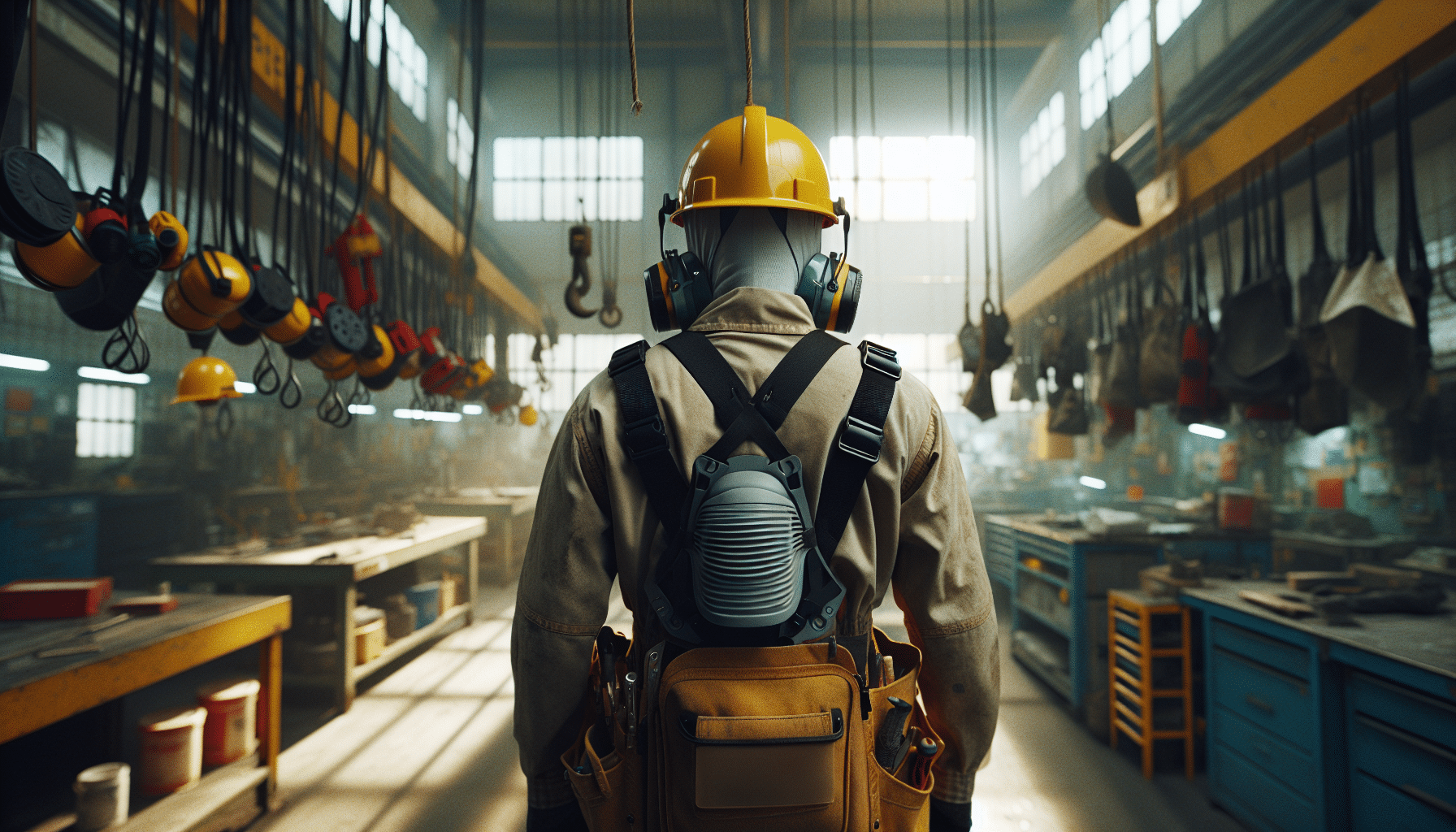
Meet the CoreMask: Designed for Compatibility
Low-Profile Design Built for Trades
The CoreMask is a professional-grade dust mask crafted specifically to fit dust mask under hard hat setups. Its low-profile, contoured frame sits snugly on the lower half of the face, allowing easy integration beneath hard hats without displacing the headband suspension or visor accessories. The straps are positioned strategically to avoid pressure points while maintaining a secure fit during active movement.
This design reduces fatigue and enables tradespeople to keep their masks on longer, even during physically demanding tasks. Traditional cup-style masks or rigid half-face respirators often fail to accommodate upper PPE like hard hats or goggles, leading to fit failure. The CoreMask counters these issues with flexible silicone seal technology and modular strap positioning compatible with overhead headgear.
“It fits seamlessly under my hard hat and I genuinely forget I’m wearing it — game changer for long shifts on site.”
Step-by-Step: Fitting CoreMask Under a Hard Hat
Getting a Reliable Seal Without Adjusting the Hat
To correctly fit dust mask under hard hat, start by selecting the right CoreMask size. While the mask is off, adjust all straps loosely to avoid over-tensioning during initial fitting. Sit the mask evenly over nose and mouth, ensuring the chin is comfortably cradled in the lower skirt. Begin tightening the lower strap first, followed by the upper, to create even pressure that helps the mask contour to facial features.
Once the mask is secure, don the hard hat by lowering it directly onto the head without readjusting the mask’s position. Ensure the hard hat’s harness system does not press directly onto the mask straps. Adjust the suspension system if needed to float slightly above the top edge of the CoreMask. Shake your head lightly and perform a quick fit test by covering the mask’s filter port and inhaling—if air does not enter, the seal is intact. If the hat shifts dramatically or destabilises the mask, realignment is necessary.
This method avoids shifting the mask post-placement, preserving its seal and comfort for hours at a time. With practice, tradespeople report being able to fit their CoreMask perfectly under their hard hats in under 60 seconds, streamlining morning kit-up times.
What to Avoid: Common Fit Mistakes
Misaligned Straps and Underrated Pressure Points
One of the most frequent errors when trying to fit dust mask under hard hat gear is strap misalignment. If tightened at an angle or twisted, the discomfort can cause tradesmen to readjust masks numerous times throughout the day, weakening the seal and reducing filtration consistency. Some attempt to wear the hard hat straps over the dust mask or vice versa—both are incorrect and create shifting that breaks positional integrity.
Underrated pressure points, especially behind the ears and along the crown of the head, can cause headaches or pressure fatigue. These are typically caused by crossing mask straps beneath fixed hard hat bands. Using CoreMask’s flat-strapping system helps eliminate this issue. The straps are thin, wide, and flexible—designed specifically to lay flat beneath suspension systems.
Mixing PPE: Masks, Goggles, and Helmets
Layer PPE Smartly for All-Day Protection
Adding protective goggles to a setup that already includes a dust mask and hard hat can create additional fit complications. However, if you need to fit dust mask under hard hat and still wear impact-rated eyewear, consider items designed to integrate. CoreMask is compatible with close-fitting safety goggles thanks to its minimal upper profile that doesn’t obstruct cheekbone contact points.
The best method is to always don the CoreMask first, follow with goggles that sit atop the mask seal but still rest on the face, and finally secure the hard hat. Eyewear designed with venting channels and flexible temple arms will integrate far more comfortably. Layering in this sequence prevents PPE displacement and ensures comprehensive protection.
In addition, Learn more about Dust Masks and Trade PPE Compatibility offers guidance on choosing integrated PPE sets which streamline compatibility across all gear components, minimising interference between items.
Pro Tip: Adjusting Suspension Systems
Ensuring Your Hard Hat Still Sits Correctly
When you fit dust mask under hard hat, the helmet must still perform its primary safety function—and that starts with correct suspension tuning. Most modern hard hats include adjustable 4-point or 6-point suspensions using ratchets or pin locks. Loosening the suspension slightly can make space for mask headbands without compromising balance or fall protection.
For optimal results, swap out sweatbands for ventilated liners that sit atop the mask’s strap area, distributing pressure evenly across the crown. If discomfort remains, try rotating the mask’s upper strap downward slightly, provided it still keeps an airtight seal. Some tradespeople also retrofit their hard hats with alternate suspension harnesses approved by the manufacturer for better PPE stacking—particularly helpful in summer months when heat retention becomes a concern.
Comfort During Long Shifts
Breathability, Filtration, and Moisture Control
Long shifts require PPE that doesn’t just function—it must remain wearable for hours at a time. To fit dust mask under hard hat for all-day wear, comfort features such as breathable material, high-quality filters, and moisture-wicking barriers become essential. CoreMask utilises a dual-valve system designed to expel exhaled air efficiently without creating condensation buildup inside the mask or on accompanying goggles.
For workers in high-dust zones like drywall installation or demolition, using replaceable P3 filters ensures continued high-filtration performance over multiple shifts. It’s also advisable to apply mild anti-fog spray to goggle lenses and fit a thin cotton liner between the head and suspension bands to absorb perspiration.
The addition of these small comfort enhancers can extend usable wear time from under two hours to a full eight-hour shift—without needing readjustment. That’s an exponential gain in onsite productivity.
Which Hard Hats Pair Best with Reusable Masks?
Tested Compatibility with CoreMask
While CoreMask is engineered to be broadly compatible, certain hard hat models have consistently tested as ideal partners. Among them: the JSP EVO3, Centurion Concept, and the MSA V-Gard series. Their suspension geometries are lifted higher within the shell, offering ample space for head-mounted PPE without contact issues.
Avoid inexpensive bulk-import helmets with shallow profiles and minimal internal adjustment—these often lead to pressure points and compromised mask seals. Lightweight variants with four-point webbing straps also tend to perform poorly in tandem configurations.
Trusted distributors across the UK now offer PPE kits bundling certified helmets and CoreMasks for seamless fitting, ensuring that tradespeople can confidently fit dust mask under hard hat setups straight “off the shelf”. To review tested helmet models compatible with reusable dust masks, see Advice for wearing PPE beneath hard hats.
Trusted by the Trade: Feedback from the Field
What Electricians, Plumbers, and Site Managers Say
Trade professionals who routinely work in confined or dusty environments greatly appreciate tools that respect their time and comfort. Electricians love CoreMask for its slim cheek profile, allowing unbroken visibility even when crouched in tight areas. Plumbers report less respiratory irritation after pipe lag or insulation removal, while site managers praise the standardised fit across variable headgear.
According to one specialist contractor, “Most reusable masks failed us due to hard hat clearance—CoreMask didn’t. Everyone from apprentices to surveyors wears them now.” Such endorsements highlight the increasing trend toward PPE that doesn’t just meet regulations, but supports high-performance, all-day usage.
You can read more from field professionals in our user story database at Read a related article.
Keeping CoreMask Clean and Functional
Cleaning Routines and Filter Replacement
Ensuring optimal filter performance and hygiene is non-negotiable. After each shift, remove the CoreMask filters and dispose of them if single-use. Reusable filters should be inspected for visible clogging or damage before reinsertion. Clean the mask body with mild soap and lukewarm water, avoiding alcohols or high-temperature washing that could degrade seal integrity.
Hang the mask to air dry in a dust-free zone—this retains the shape and prevents mildew. Once dry, reassemble carefully, verifying that seals are unwarped and that straps haven’t stretched. CoreMask offers replacement filters in multipacks, and we recommend keeping at least one spare set in your kit bag to minimise downtime.
To explore full care guides and best practices, visit Guide to international PPE compliance content.
Simplifying PPE for the DIY Crowd
Lightweight, Practical Gear Anyone Can Wear
It’s not just seasoned tradesmen who need to fit dust mask under hard hat solutions—DIYers tackling loft insulation, sanding, or garden building also benefit from safe, comfortable PPE. CoreMask offers entry-level kits including hard hats and non-medical masks designed for occasional use, combining functionality with easy learning curves.
Unlike professional setups, these kits prioritise quick adjustment and foolproof fitting, enabling safe completion of home projects without unnecessary complexity. And with many DIYers transitioning into trade apprenticeships, learning proper PPE stacking from the beginning encourages best practices early on. Simplicity, safety, and comfort—CoreMask enables all three.
Great guide on fit-coremask-under-hard-hat-trade-guide – Community Feedback
Can you wear the CoreMask under a hard hat?
Yes, the Torxup CoreMask is designed for close-fitting comfort, making it suitable to wear under most hard hats with proper strap positioning.
Do hard hats interfere with reusable trade masks?
Most low-profile trade masks like CoreMask can be worn under hard hats. Correct fitting ensures straps do not clash with the hat’s suspension system.
What PPE can be worn together with a dust mask and hard hat?
You can combine compatible goggles, gloves, and respiratory protection with a hard hat, provided all equipment fits securely without affecting each other.

